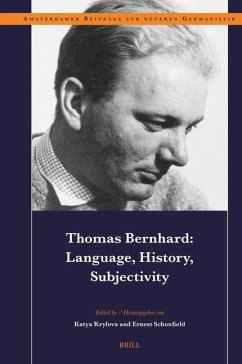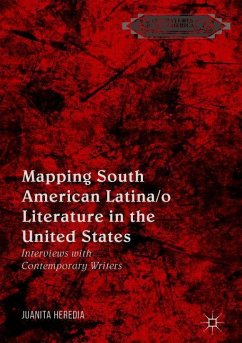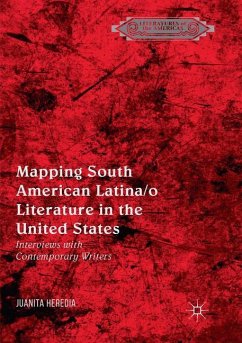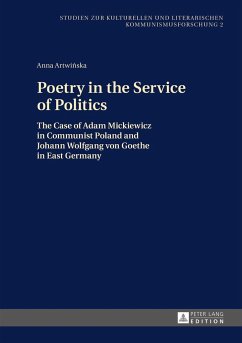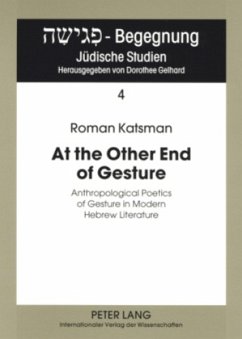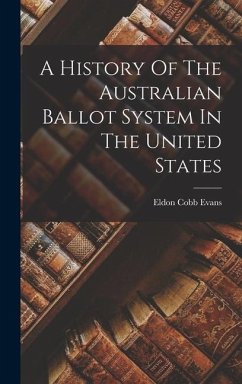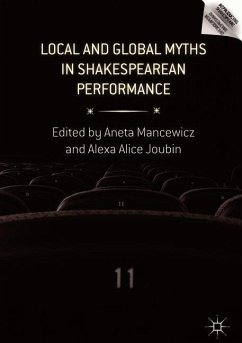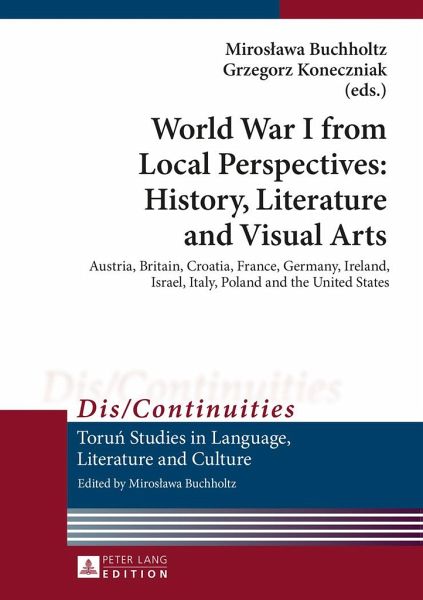
World War I from Local Perspectives: History, Literature and Visual Arts
Austria, Britain, Croatia, France, Germany, Ireland, Israel, Italy, Poland and the United States
Herausgegeben: Buchholtz, Miroslawa; Koneczniak, Grzegorz
Versandkostenfrei!
Versandfertig in 6-10 Tagen
70,50 €
inkl. MwSt.

PAYBACK Punkte
0 °P sammeln!
The volume explores the ways in which the Great War has been remembered and imaged in various local accounts. It provides careful readings of a wide range of sources: letters exchanged by Henry James and Burgess Noakes, spoken accounts of the Old Believers of the Russian Orthodox Church, historical documents concerning Eastern Europe and the United States, travel writings by Fritz Wertheimer, Hermann Struck, and Herbert Eulenberg, literary texts by Lord Dunsany, Miroslav Krleza, and Gustav Meyrink, theater performances in Italy and Ireland and visual arts: masks for facially disfigured soldier...
The volume explores the ways in which the Great War has been remembered and imaged in various local accounts. It provides careful readings of a wide range of sources: letters exchanged by Henry James and Burgess Noakes, spoken accounts of the Old Believers of the Russian Orthodox Church, historical documents concerning Eastern Europe and the United States, travel writings by Fritz Wertheimer, Hermann Struck, and Herbert Eulenberg, literary texts by Lord Dunsany, Miroslav Krleza, and Gustav Meyrink, theater performances in Italy and Ireland and visual arts: masks for facially disfigured soldiers made by Francis Derwent Wood and Anna Coleman Ladd.






